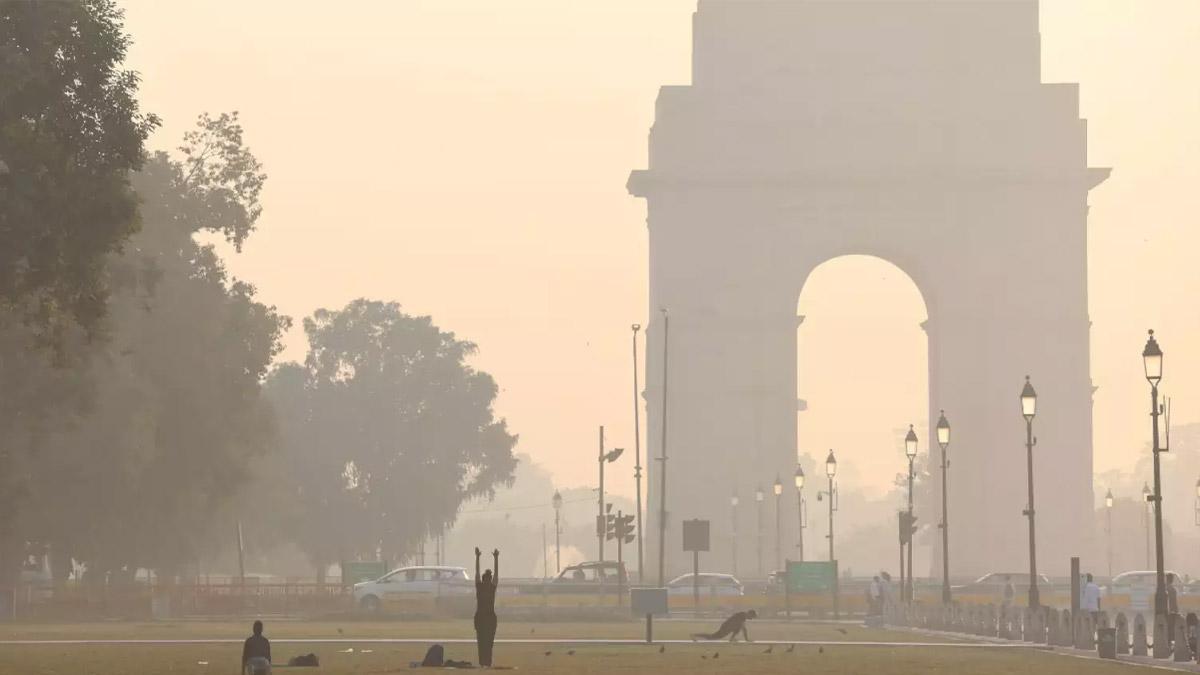An internal dossier drawn up by Pakistan's military about its botched Operation Bunyan al-Marsoos has come out with the news that Indian troops penetrated much deeper and broader in Operation Sindoor than India's New Delhi has admitted publicly.
The internal assessment claims that India had attacked at least seven other sites in Pakistan not mentioned in previous Indian Air Force or Directorate General of Military Operations (DGMO) briefings.
Maps in the Pakistani dossier indicate Indian precision attacks on Peshawar, Jhang, Hyderabad (Sindh), Gujrat (Punjab), Bahawalnagar, Attock, and Chor. None of these cities were mentioned in the official Indian statement after the retaliatory strikes last month, which implies a conscious effort on the part of Indian authorities to keep some of the operational facts under wraps.
The new disclosures provide new information regarding the magnitude and complexity of India's response after the Pahalgam terror attack, in which 26 civilians died. They also highlight the strategic logic of Pakistan's last-minute request for a ceasefire after only three days of fighting — one that now seems to have been prompted by the sheer magnitude of the destruction caused by India.
Previously, Indian army briefings had established that nine terror-related sites were targeted in Pakistan and Pakistan-occupied Kashmir, including the headquarters of Jaish-e-Mohammed in Bahawalpur, the training centre of Lashkar-e-Taiba in Muridke, and camps in Muzaffarabad, Kotli, Rawalakot, Chakswari, Bhimber, Neelum Valley, Jhelum, and Chakwal.
As India continued to assert that its targets were strictly terror infrastructure, Pakistan ratcheted up the war by beginning missile and drone attacks on both civilian and military targets in India. India widened its counterattack in turn, hitting eleven large Pakistani air bases, including Nur Khan, Rafiqui, Murid, Sukkur, Sialkot, Pasrur, Chunian, Sargodha, Skardu, Bholari, and Jacobabad.
Satellite images made public by Maxar Technologies supported the widespread destruction of India's precision attacks, particularly to airbases, fighter jet shelters, and UAV hangars at strategic Pakistani military bases.
The Indian government has packaged Operation Sindoor as a milestone, emphasizing that any future terrorist strike on Indian territory will be dealt with as an act of war. With documentation from Pakistan now endorsing the scale of the Indian response, analysts imply India's circumspect public revelations might have been a strategic ploy — permitting Pakistan's own confessions to tear down its own propaganda.
In hindsight, Operation Sindoor was a strong proof of India's deterrence capability and operational reach in remaking the rules of engagement across the subcontinent.
Read also| Watch| Pakistan's 48-Hour Offensive Folded in 8 Hours: CDS Chauhan on Operation Sindoor
Read also| Trump Rejects Uranium Enrichment Under Iran Nuclear Deal: ‘Will Not Allow It’


















